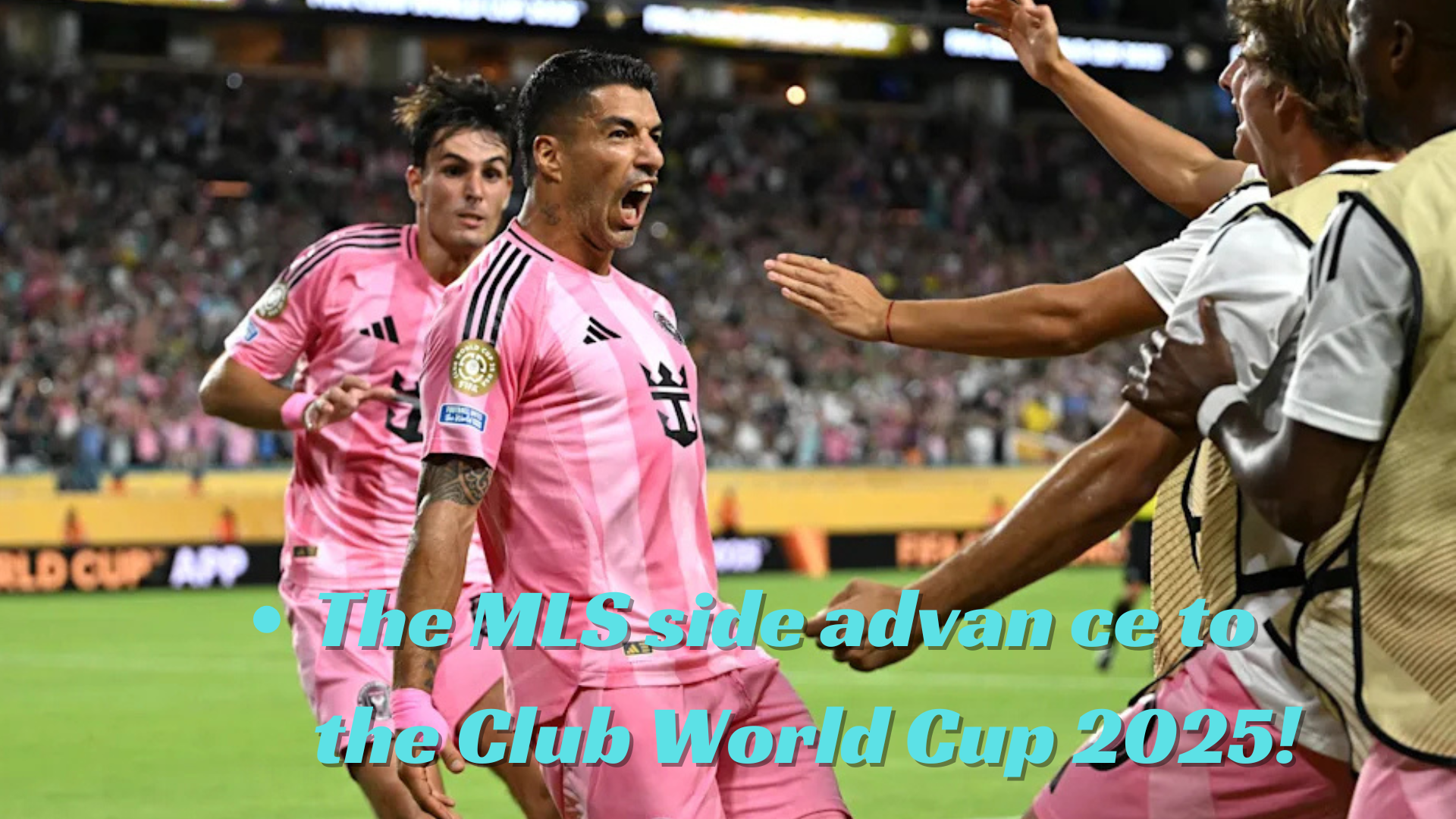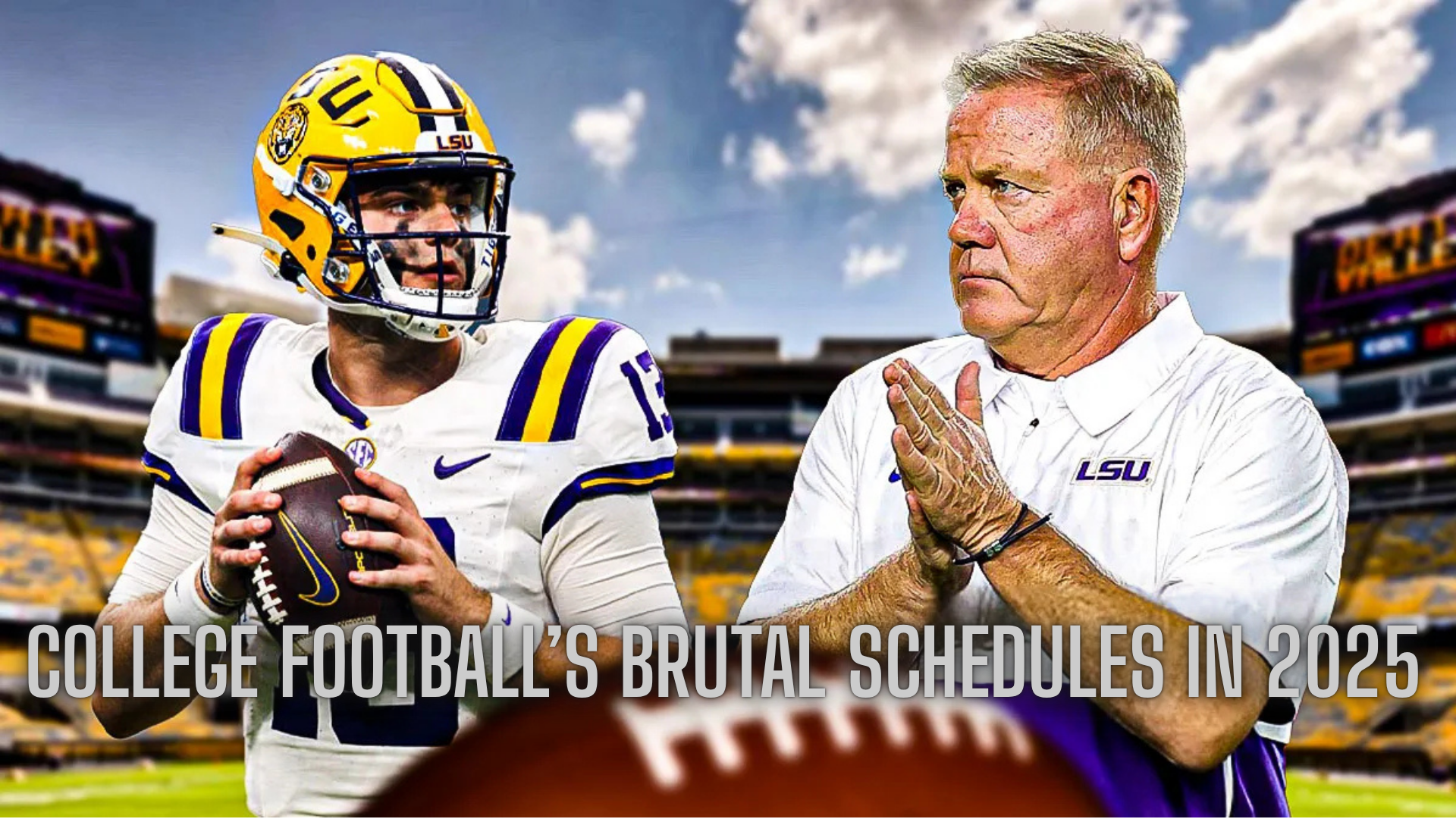MIAMI GARDENS, Fla. — Major League Soccer entered this year’s expanded Club World Cup with lofty hopes. Commissioner Don Garber called it “a chance to showcase our growing competitiveness on the global stage.” And for a few fleeting nights — first in Atlanta, then in Miami — MLS delivered. Or rather, Inter Miami did.
With a dramatic 2-2 draw against Brazilian powerhouse Palmeiras, following a landmark 2-1 win over FC Porto, Inter Miami punched its ticket to the Round of 16. It was a moment of validation for head coach Javier Mascherano, who proudly declared after the Porto win, “We showed the world that we can compete against any team.”
Defender Noah Allen echoed that belief: “We showed that we can hang.”
But while Inter Miami basked in the spotlight, the broader picture for MLS was far less flattering.
Before Miami’s Group A survival, Seattle Sounders were eliminated from Group B without a single point. LAFC didn’t even reach a decisive final game in Group D. Three MLS teams entered the Club World Cup. Two flamed out early. Only one thrived — and it happened to be the one built around Lionel Messi.
Inter Miami: The Exception That Proves the Rule
It makes perfect sense that Inter Miami, not Seattle or LAFC, became the league’s standard bearer. This is no ordinary MLS club. Inter Miami has Lionel Messi, whose resume includes more trophies than MLS has seasons. His presence alone lifts the team into a different echelon.
Messi is not just a player — he’s the heartbeat of the “Messi project,” a transformation that has reshaped Inter Miami since his arrival. His dazzling free kick helped defeat Porto. But according to Mascherano, “Beyond the goal, he’s a player who guides us… He shows us where we need to go.”
That guidance has been contagious. Young players have stepped up. Journeymen have elevated their games. Messi’s standards — and his allure — attracted fellow legends like Luis Suárez, Sergio Busquets, and Jordi Alba to South Florida. He’s even helped recruit emerging South American talent, drawn by the opportunity to play with the greatest of all time.
With Messi leading the way, Inter Miami now boasts arguably the best roster in league history. They collected the most regular-season points in MLS history. And last week, they became the first MLS team to beat a European side in official competition, toppling FC Porto.
Sunday’s Round of 16 clash with PSG promises to be another benchmark, a dream matchup for a five-year-old franchise. It will reinforce the legitimacy of the Messi era — and send Inter Miami’s global brand soaring.
But will it reflect true progress for MLS? That’s far less clear.
MLS’s Reality Check
Inter Miami is a high-budget outlier in a league defined by salary caps and roster restrictions. Most clubs can’t come close to replicating what Miami has built. And at the Club World Cup, that disparity showed.
Seattle and LAFC — two of MLS’s top organizations — went a combined 0-for-5. LAFC still had a game against Flamengo to play, but their tournament was already a disappointment. Their worst moment? A 1-0 loss to Espérance Tunis, ranked 258th in the world by Opta.
Seattle, for its part, fought admirably. They nearly earned a result against Brazilian champion Botafogo. They held their own against Atlético Madrid and PSG, even if they never looked like winning. Cristian Roldan and Obed Vargas battled valiantly in midfield. But the Sounders lacked a game-changer — especially with striker Jordan Morris sidelined by injury.
As for LAFC, they competed well with Chelsea but collapsed against Tunisia’s champions. These performances suggest MLS teams can hang physically. But tactically and technically, they still trail elite teams from Europe, South America — and even parts of Africa.
“Nowadays, any team can compete with you,” Jordi Alba said. “Physically, they’re mostly on par.” But it’s individual quality that separates contenders from pretenders — and MLS clubs, generally, don’t have enough of it.
The Messi Multiplier
That’s where Inter Miami is different. Beyond Messi and Busquets, they have Suarez — whose brilliant assist set up Monday’s opener. They have Tadeo Allende, an Argentine winger signed from La Liga’s Celta Vigo, who added pace and precision in the final third.

(CHANDAN KHANNA via Getty Images)
Their roster depth still doesn’t match top global clubs — Mascherano admitted that Palmeiras has “two or even three options per position” at elite levels. And in the closing minutes Monday, that difference was laid bare: Paulinho and Mauricio came off Palmeiras’ bench and scored two late goals, flipping the match and reclaiming first place in Group A.
Miami’s bench, by contrast, offered little punch. Fafà Picault and others squandered chances to put the game away. Yet despite the collapse, Inter Miami still advanced. They are still standing, while most of MLS is not.
A Glimpse Into the Future?
Inter’s escape felt symbolic. Their progression says less about MLS’s overall depth and more about what can happen when a club bends the rules with superstar gravity. Miami had the infrastructure. It had the lifestyle. And owner Jorge Mas had the money and connections to woo Messi. The result: an MLS “superteam” that, in just three games, outperformed elite clubs from Africa and South America.
As the players celebrated Suarez’s goal, fists clenched and arms raised, it felt like Inter had made their statement. Even with Palmeiras’ comeback, that statement held.
“We were convinced that we can play our football,” Mascherano said after the match. “We knew we were going to play against teams that have maybe more quality than us… But I think we showed the world that we can compete when we’re united.”
Allen added: “This tournament was made for all the teams around the world to compete and showcase their talent. And I think that’s what we’re doing.”
They’re right. Inter Miami is showcasing something — something bold and beautiful.
But for MLS as a whole, the lesson is more sobering. One superstar project is not a movement. Inter Miami might be the future, but the rest of the league still has catching up to do.Tools



